Rope is a highly versatile cordage that has been in use since prehistory. It is composed of fibers twisted together to make strands, which are then braided together to make rope. Note: depending on the details of the rope, the terms rope and cordage are interchangeable. Typically, rope is used for hauling, tying, suspension, lowering, lifting, and the like. Rope serves a wide variety of industries all over the world, but it is especially useful in the rigging, safety, arborist, construction, products manufacturing, recreation, hobby, marine (watercraft mooring), defense contracting, and sporting goods industries Read More…
Since our beginning in 1967, we have had experience designing, manufacturing and distributing the highest quality braided ropes and cords. Braided ropes and cordage are produced in all common fibers.

At Orion Cordage, we specialize in crafting high-quality ropes that meet the diverse needs of our customers. We are dedicated to providing a broad range of rope solutions, from durable industrial ropes to specialized products designed for specific applications. Our commitment to excellence is reflected in our extensive product line, which includes ropes for marine, agricultural, construction, and ...

Twisted, double-braided in nylon or polyester, for climbing or pulling – whatever it is you need, Buccaneer Rope Company can make the difference. Since 1975, we’ve been designing, manufacturing & distributing quality rope products for the marine, industrial, electrical, arborist and government markets. If you need versatile, high-quality rope products for demanding applications, call us today!
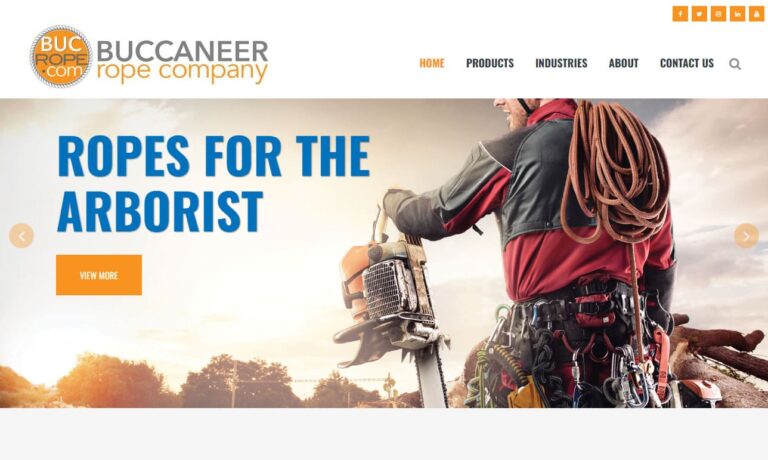
At Whitehill Manufacturing Corporation, we excel in crafting high-quality ropes designed to meet a diverse range of industrial and commercial needs. We take pride in our extensive experience in rope manufacturing, ensuring that each product adheres to the highest standards of durability and performance. Our ropes, known for their strength and reliability, are meticulously engineered to withstand...

At Consolidated Cordage Corporation, Inc., we pride ourselves on our deep-rooted expertise in crafting high-quality ropes tailored to meet a diverse range of industrial and commercial needs. Our company has established a reputation for excellence through our unwavering commitment to superior materials and meticulous craftsmanship. We offer an extensive array of ropes, each designed to deliver...
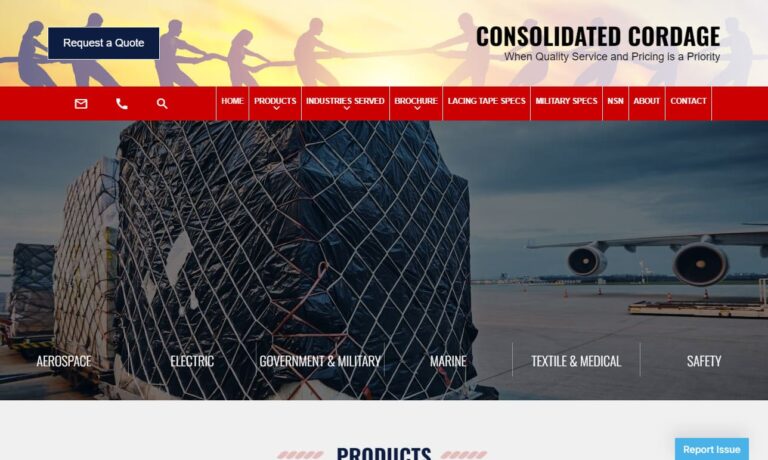
At JB Rope Supply, we pride ourselves on being a leading provider of high-quality ropes designed to meet a diverse range of needs across various industries. Our extensive product line includes everything from durable industrial ropes to specialized ropes for marine, climbing, and rescue applications. We meticulously engineer each rope to ensure it meets rigorous standards of strength,...
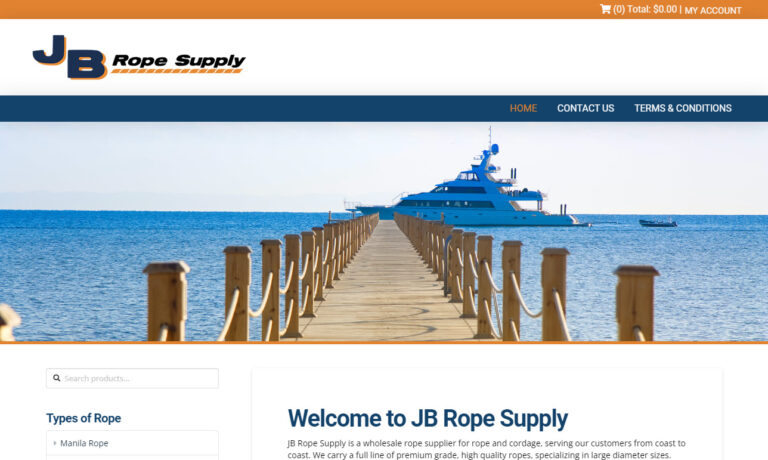
More Rope Suppliers
History of Rope
The origins of rope are unclear, but the earliest evidence dates back about 28,000 years in Europe, where impressions of cordage were found on pit-fired pottery. Another significant discovery was made in the Lascaux Cave in France, where archaeologists uncovered fossilized fragments of two-ply rope, approximately 7 mm in diameter, dating to around 15,000 BC. Prehistoric people crafted these early ropes by hand twisting and braiding plant materials like grass and vines.
The ancient Egyptians were the first to develop ropemaking into a craft, between 4000 and 3500 BC. They used specialized tools, likely consisting of a weighted wooden object tied to a stick, to twist fibers into strands and then twist these strands together to form rope. The Badarian culture of Upper Egypt initially made ropes from water reed fibers, but Egyptians also used materials such as date palm, papyrus, rushes, wild reeds, halfa grass, esparto grass, and flax, with occasional use of animal fibers like camel hair or leather. Egyptian ropes were employed in various tasks, most notably in lifting stones during the construction of monuments.
The ancient Chinese significantly advanced rope-making by popularizing hemp rope around 2800 BC. By approximately 1000 AD, the indigenous peoples of the modern-day American Southwest were also producing rope using methods similar to the Egyptians.
During the Middle Ages, rope was extensively used, although the specifics of its manufacture remain largely unknown due to the secrecy maintained by guilds. An artist’s depiction from 1393 suggests that ropemaking began with spinning yarn. Despite the lack of detailed knowledge on the techniques, we know ropes were commonly used for constructing bridges, operating ropewalks, and sailing. By this period, sailors and shipping merchants had also mastered the skill of splicing ropes.
In 1792, Edmund Cartwright, a British inventor, introduced the Cordelier, an early ropemaking machine. This innovation was part of a larger movement during the Industrial Revolution, where numerous inventors developed similar machinery.
Rope continues to play a crucial role today, with a notable shift in the materials used. Although natural fibers are still utilized, synthetic materials have largely taken over since the 1950s due to their superior durability. These modern ropes are designed to withstand rot, corrosion, unraveling, and sun damage, making them both stronger and lighter compared to those from earlier times.
Rope Design
Materials
Rope suppliers create their products using a variety of synthetic and natural fibers, ensuring they meet a broad spectrum of application needs. They employ synthetic fibers such as nylon, polyethylene, polyester, polypropylene, and Kevlar, which offer notable benefits in terms of flexibility, durability, and resistance to chemicals and environmental factors. Natural fibers like sisal, jute, manila, linen, and cotton are also used, each providing distinct advantages for particular uses. Additionally, they produce ropes from metal wire, adding to their adaptability. This diverse array of materials allows rope suppliers to customize their ropes to meet the specific demands of various industries and applications.
Construction
Rope construction mainly involves two techniques: braiding and twisting. While twisting has been the traditional method, braiding has become more popular due to its ability to maintain its shape without spinning or untwisting under load. There are different styles of braided ropes: diamond with cores, hollow diamond, and solid braid.
Diamond braid ropes with a core contain a solid material at their center, which boosts their strength. In contrast, hollow diamond braid ropes are constructed by simply weaving strands over and under each other without a core. Solid braid ropes feature a lock-stitched, tightly woven construction that prevents unraveling even when cut. Double braided ropes, which consist of both a braided rope and a core, are the strongest and most expensive braided option available. It is important to note that splicing is not possible with solid braid or diamond braid core ropes.
The alternative method, twisting, involves tightly coiling three or more strands in the same direction while using fibers twisted in the opposite direction. This counter-twisting method enhances the rope’s strength and ensures it remains balanced, preventing kinking. Once the strands are twisted, the ends are fused to prevent them from unraveling.
Types of Rope
Nylon rope, distinct from the elusive elvenhair rope, is celebrated for its high elasticity, excellent shock absorption, robust strength, and remarkable longevity. Its resilience against damage from sunlight, chemicals, and abrasive forces further enhances its appeal. These attributes make nylon rope a preferred choice for applications involving lifting and towing, where reliability and durability are essential.
Polyester rope, though less elastic and shock absorbent than its nylon counterpart and having a relatively shorter lifespan, stands out in the boating industry due to its remarkable resilience. Its superior resistance to chemical damage, weathering, and abrasion makes polyester rope a preferred choice among boating enthusiasts and professionals alike. This exceptional durability under harsh environmental conditions ensures its widespread use and reliability in marine applications.
Polypropylene rope is uniquely distinguished as the sole synthetic rope that floats, making it highly suitable for watersports, light watercraft mooring, and pool applications. Despite its versatility in aquatic environments, polypropylene rope is not recommended for more demanding tasks due to its low melting point and limited UV resistance compared to other rope materials.
Polyethylene rope, a synthetic material, boasts exceptional abrasion resistance. Its durability makes it an ideal choice for various applications where wear and tear are significant concerns. Like polypropylene rope, polyethylene rope floats, enhancing its utility in aquatic environments. Polyethylene rope is used a lot in the fishing industry. Its floating capability and robust construction handle the demanding conditions of marine activities, ensuring reliability and longevity in service.
Sisal rope, crafted from the resilient fibers of the agave plant, offers a medium tensile strength that makes it highly versatile and dependable. This natural fiber rope is prized for its durability and strength, making it an excellent choice for a variety of applications. In gardening, sisal rope is indispensable for tasks such as securing plants, creating trellises, and binding together garden structures. Its natural composition ensures it blends seamlessly with the outdoor environment while providing the necessary support. Additionally, sisal rope is commonly used for bundling purposes, offering a reliable solution for tying and securing items efficiently. Its ability to hold knots securely also makes it ideal for numerous other applications where dependable knot-holding capability is essential.
Manila rope, crafted from the resilient fibers of abaca leaves, stands out for its superior strength compared to sisal rope. This robust material exhibits remarkable hardness and resistance to sunlight, ensuring durability in various demanding environments. Its minimal stretch and high melting point make it an ideal choice for construction projects where reliability and stability are paramount. Furthermore, Manila rope’s exceptional resistance to saltwater enhances its suitability for marine applications, allowing it to perform reliably in harsh, aquatic conditions.
Cotton rope, although not as strong as many other types of ropes—whether natural or synthetic—offers distinct advantages that make it an excellent choice for specific uses. Its softness and pliability provide a gentle touch, ensuring it is easy to handle and manipulate. This makes cotton rope particularly well-suited for small-scale and light-duty applications.
Wire rope, typically crafted from metal alloys such as steel, represents a robust and versatile solution in various applications. Among the different types, steel wire rope stands out as the most prevalent due to the inherent strength and corrosion resistance of steel alloys. These attributes make it highly reliable and durable in demanding environments. For a rope to be classified as wire rope, it must have a minimum diameter of ⅜ inch. Anything smaller falls under the category of cord or cable. Furthermore, wire rope must adhere to specific weight-bearing restrictions to meet industry standards, ensuring it can handle the required load capacities safely and effectively.
Twine, often referred to as rope twine, is a slender, twisted rope typically crafted from natural fibers such as linen or cotton. This versatile material is a common household item, frequently utilized as a clothesline or for securing packages. In butcher shops, twine serves a crucial role in tying stuffed poultry, ensuring the preparation remains intact during cooking. Beyond domestic and culinary uses, twine finds its place in the sporting world, where it is employed in the creation of items like basketball nets, showcasing its adaptability and functional value across various applications.
Marine rope is specifically designed for applications related to water, particularly saltwater environments. It plays a crucial role in activities such as docking, boating, and pontooning. A prime example of marine rope is the watercraft mooring rope, which is essential for securing vessels to docks or other stable structures. To withstand the harsh conditions of marine environments, including exposure to salt, water, and various other elements, marine ropes are constructed from durable materials like nylon. This ensures their longevity and reliability in demanding conditions, making them indispensable in marine activities.
Elastic cord is meticulously engineered for applications demanding high flexibility and resilience. Designed to extend up to 125% of its original length, this cord is indispensable in various industries where adaptability and durability are paramount. At its core, multiple strands of robust rubber provide the essential elasticity, ensuring consistent performance and reliability.
Encasing this resilient core is a protective layer of braided fibers. Depending on the specific requirements, this outer sheath can be crafted from natural cotton or synthetic materials such as nylon or plastic. This combination not only enhances the cord’s strength and longevity but also adds a layer of protection against wear and environmental factors.
Stair rope is specifically designed for bannister or handrail applications, offering both functionality and aesthetic appeal. When used as a handrail, stair rope provides support and safety, assisting individuals in navigating staircases with greater ease. Beyond its practical use, stair rope can also serve decorative purposes, enhancing the visual appeal of stairways. For instance, rope lights integrated into the design can create an elegant and inviting atmosphere.
In some instances, stair rope may be constructed from metal, commonly referred to as cable railing. This variation combines the strength and durability of metal with the sleek appearance of a modern handrail, making it a popular choice for contemporary architectural designs. Whether for practical support or decorative enhancement, stair rope is a versatile element that can elevate both the safety and style of staircases.
Rope Accessories
A range of accessories is available for ropes, each crafted to enhance safety, convenience, and functionality in various applications. Rope clips, also known as clamps or grips, provide a secure fastening of rope ends, preventing fraying and ensuring a sturdy connection. These clips come in various styles, including wire and webbing options. To protect and organize ropes when not in use, rope storage bags are indispensable. These bags keep ropes clean, untangled, and extend their longevity. Particularly beneficial for climbers, cavers, and rescue teams, these storage solutions facilitate easy transport and upkeep of ropes.
Steel carabiners connect ropes to harnesses, anchors, and gear points in climbing, rigging, and various outdoor activities. They offer a quick and secure attachment, with different shapes, sizes, and locking mechanisms designed for specific uses. Climbers and rescuers use ascenders and descenders to move up or down ropes efficiently. Prusik loops create self-locking friction knots for rope ascension. Pulleys provide mechanical advantages, making it easier to haul heavy loads or perform rescue operations.
Determining whether you need a rope accessory hinges on the specific activity you’re involved in and the challenges it presents. For instance, rock climbers typically require gear like carabiners, belay devices, and sometimes ascenders or descenders to handle ropes safely and efficiently. In contrast, kayakers or boaters might need throw bags—ropes stored in bags for rapid use during rescue operations. Outdoor enthusiasts participating in activities such as camping, hiking, or fishing can benefit from rope storage bags to keep their gear organized and easily accessible.
Rope accessories are available at outdoor stores, sporting goods stores, hardware stores, and specialty rescue equipment suppliers. Online retailers also offer a wide selection for convenient home shopping. For safety and performance, choose reputable brands known for quality and reliability.
Proper Rope Care
To ensure the longevity, reliability, and safety of a rope, proper care is indispensable. With meticulous attention, a rope will consistently meet your needs, proving its worth time and again. Essential rope care involves appropriate usage, careful storage, and regular damage inspections. Firstly, it is paramount to use the rope within its designated capacity. Avoid placing excessive strain on the rope that exceeds its specifications, and refrain from utilizing it in conditions for which it was not designed. Such misuse can lead to premature wear or even catastrophic failure, compromising the rope’s effectiveness and safety.
Proper storage is another critical aspect of rope maintenance. Always store your ropes in a dry, dark environment, elevated off the ground. Extended exposure to moisture or sunlight can weaken the rope over time, leading to deterioration or damage. When storing, coil the rope into gentle loops to prevent tangling, rather than simply tossing it into a corner.
Regular inspections for damage are equally vital. Each time you prepare to use the rope, conduct a thorough examination for any signs of wear, such as cuts, breakages, rot, or fraying strands. Minor cuts may still allow the rope to be used, provided they are repaired beforehand. Methods for repair include trimming the damaged section with a knife or scissors or melting the cut ends with a candle or lighter. However, if the rope has a cut in the middle, it is typically necessary to replace it. By adhering to these guidelines, you can significantly extend the lifespan of your rope, ensuring it remains safe and effective for all your needs.
Industry Standards for Rope
Ensuring the safety, dependability, and performance of ropes requires adherence to established standards. In the United States, several organizations contribute to setting these benchmarks. The Occupational Safety and Health Administration (OSHA), a federal agency focused on workplace safety, often incorporates industry standards from groups like the National Fire Protection Association (NFPA). As a nonprofit organization, the NFPA develops and distributes fire safety codes and standards, including those for life safety ropes used in firefighting and rescue efforts.
Ropes must possess specific attributes depending on their application. For example, rock climbing ropes are required to meet standards for dynamic elongation and strength, whereas static ropes used in rescue scenarios follow different criteria. The NFPA provides standards for life safety ropes used in technical rescues, such as search and rescue missions or confined space rescues.
When ropes are uncertified or fail to meet established standards, the consequences can be severe for both users and manufacturers. Users face serious injury or even death when relying on uncertified ropes for critical tasks. Employers may incur OSHA penalties for non-compliance with safety regulations. Manufacturers risk legal actions and damage claims if their products cause accidents due to non-compliance with safety standards.
Adhering to rope standards offers significant benefits. For users, it ensures ropes are tested and proven to meet specific safety and performance requirements, instilling confidence and reducing the risk of accidents. For manufacturers, compliance with recognized standards demonstrates product quality and safety, providing a competitive advantage. It also streamlines manufacturing processes and ensures consistency in production. Additionally, standardized ropes drive innovation, pushing manufacturers to continually enhance their products to meet the evolving needs of various industries.
Finding the Right Rope Supplier
To secure rope that is reliable and meets your standards, it’s essential to collaborate with a trusted rope manufacturer, like those featured on this page. Start by detailing your specifications, needs, budget, timeline, and delivery preferences. Then, explore the listed suppliers and select three or four that appear to be the best fit. Engage in discussions with each to compare their offerings and decide on the most suitable partner for your requirements.


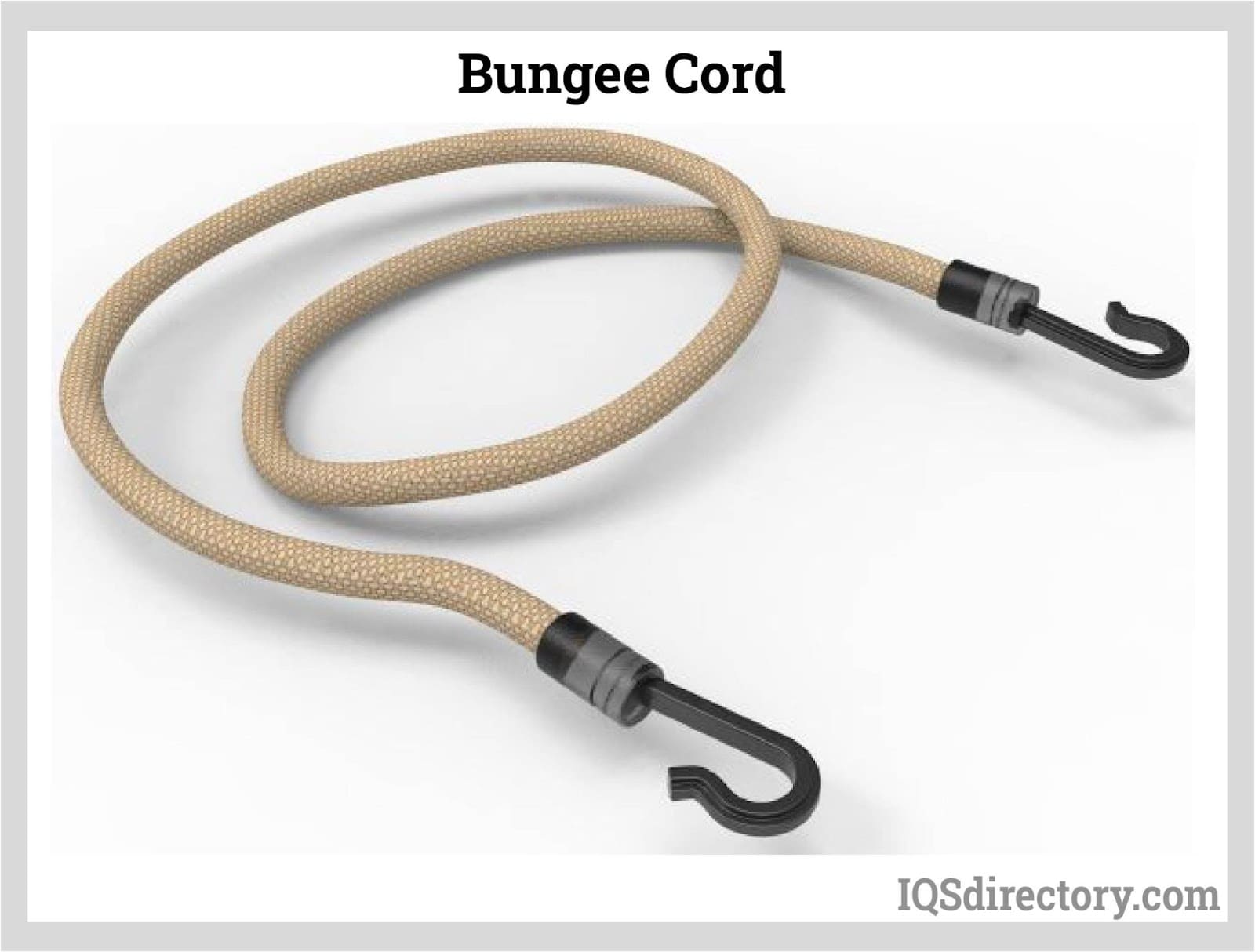
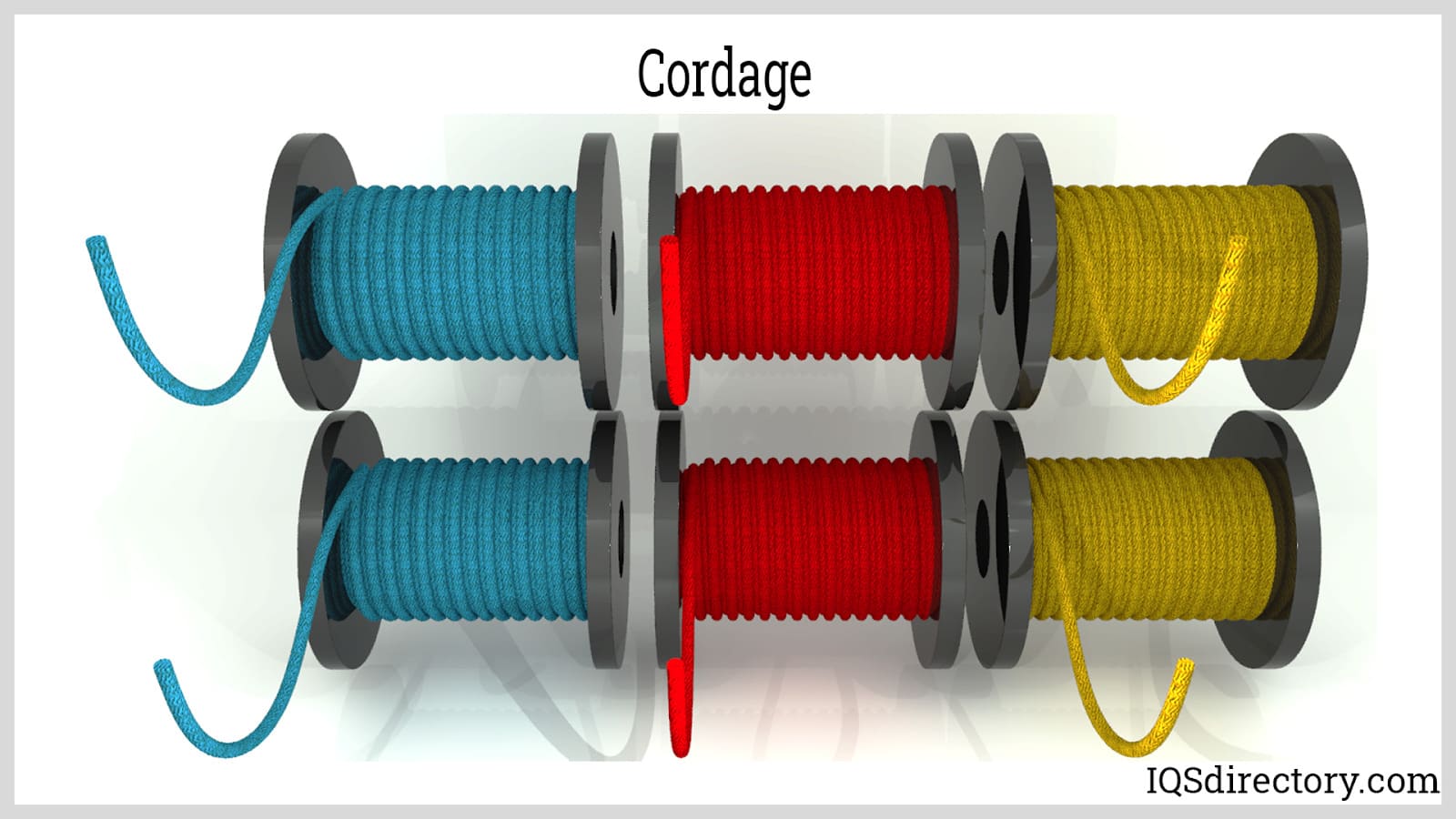
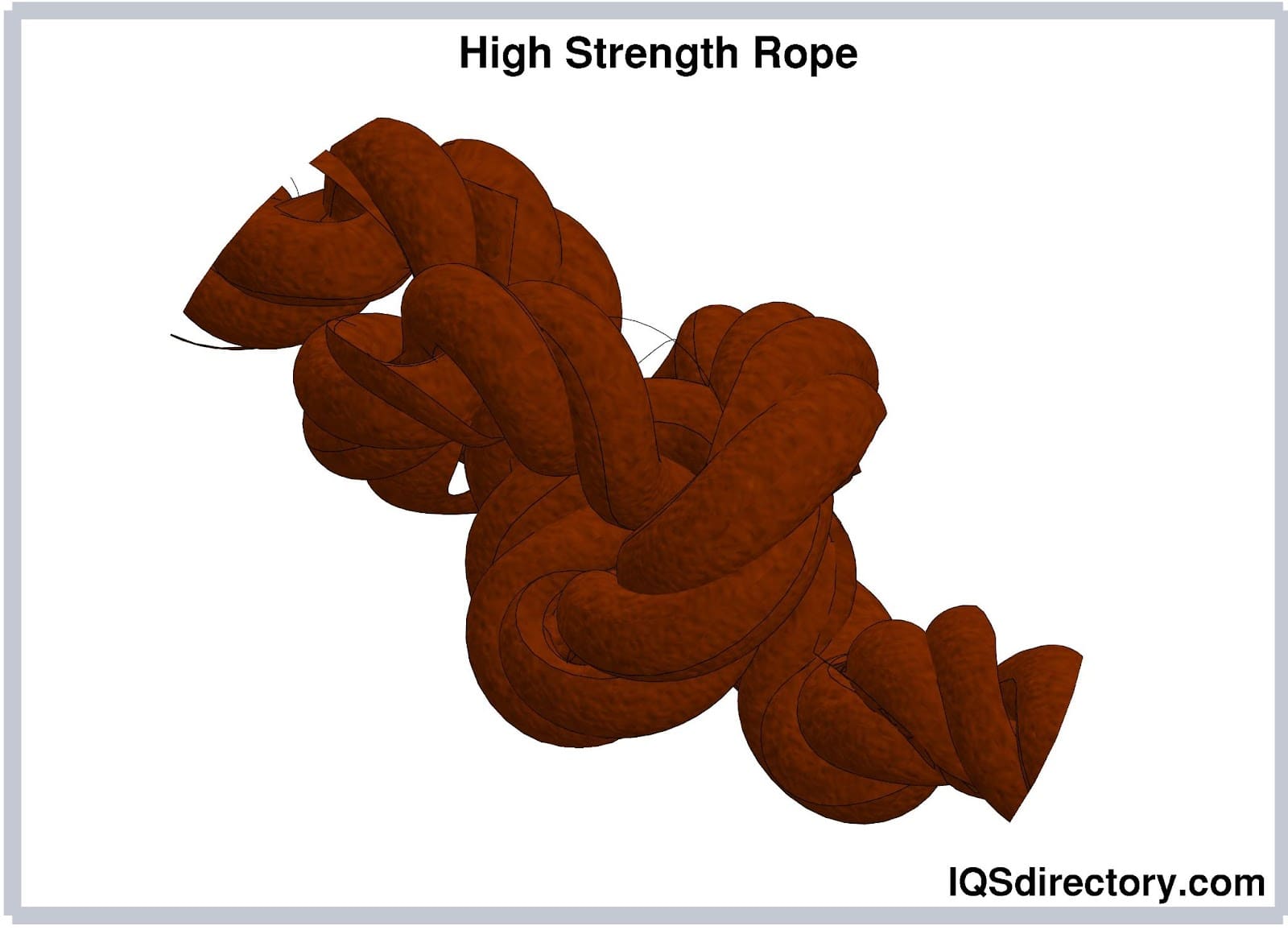
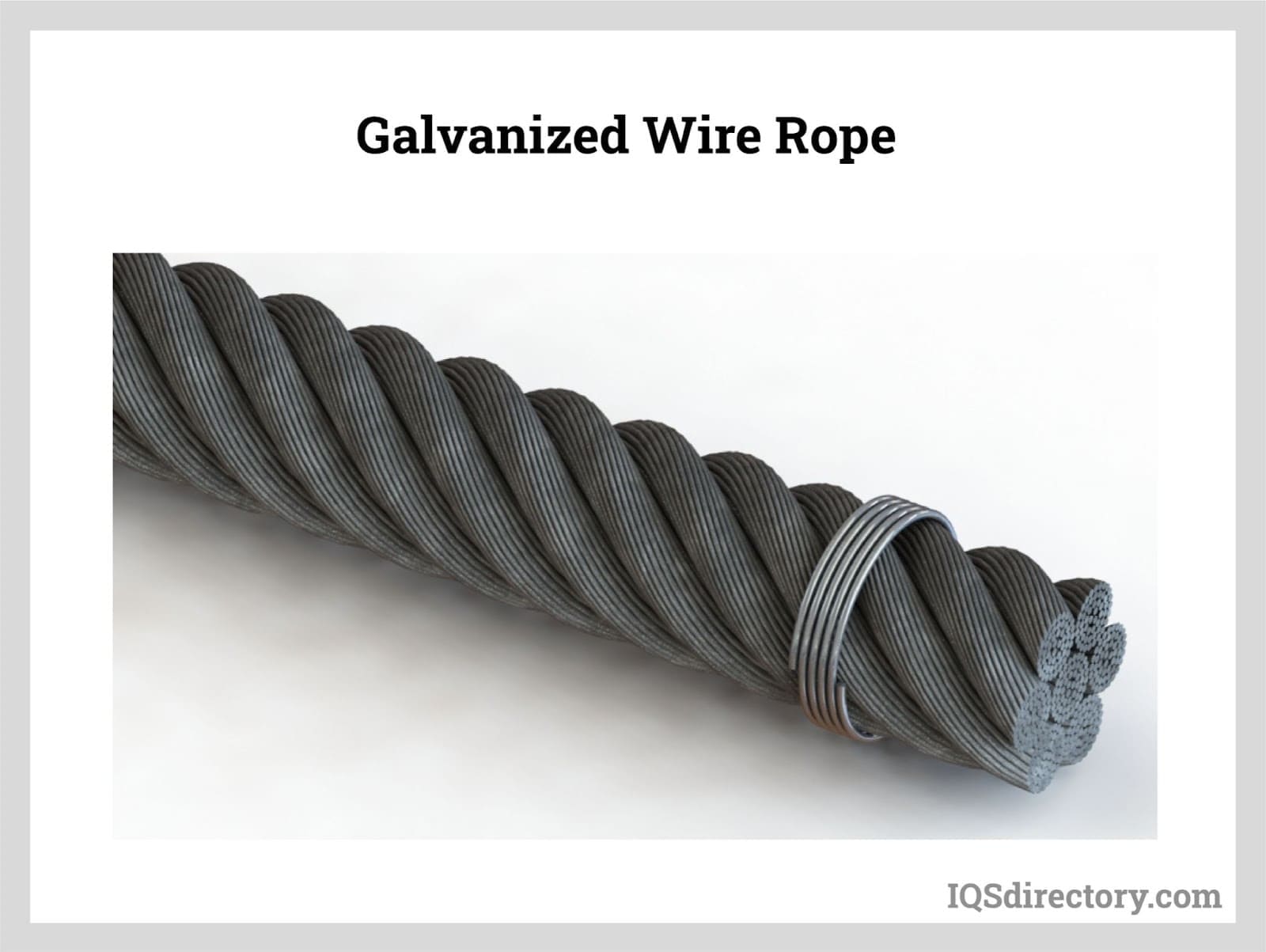
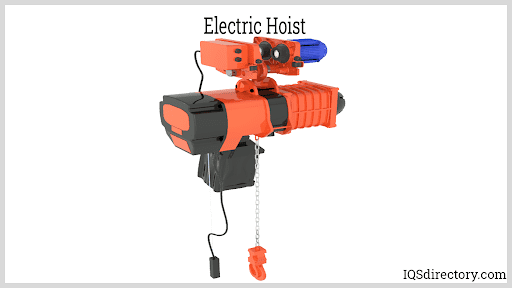
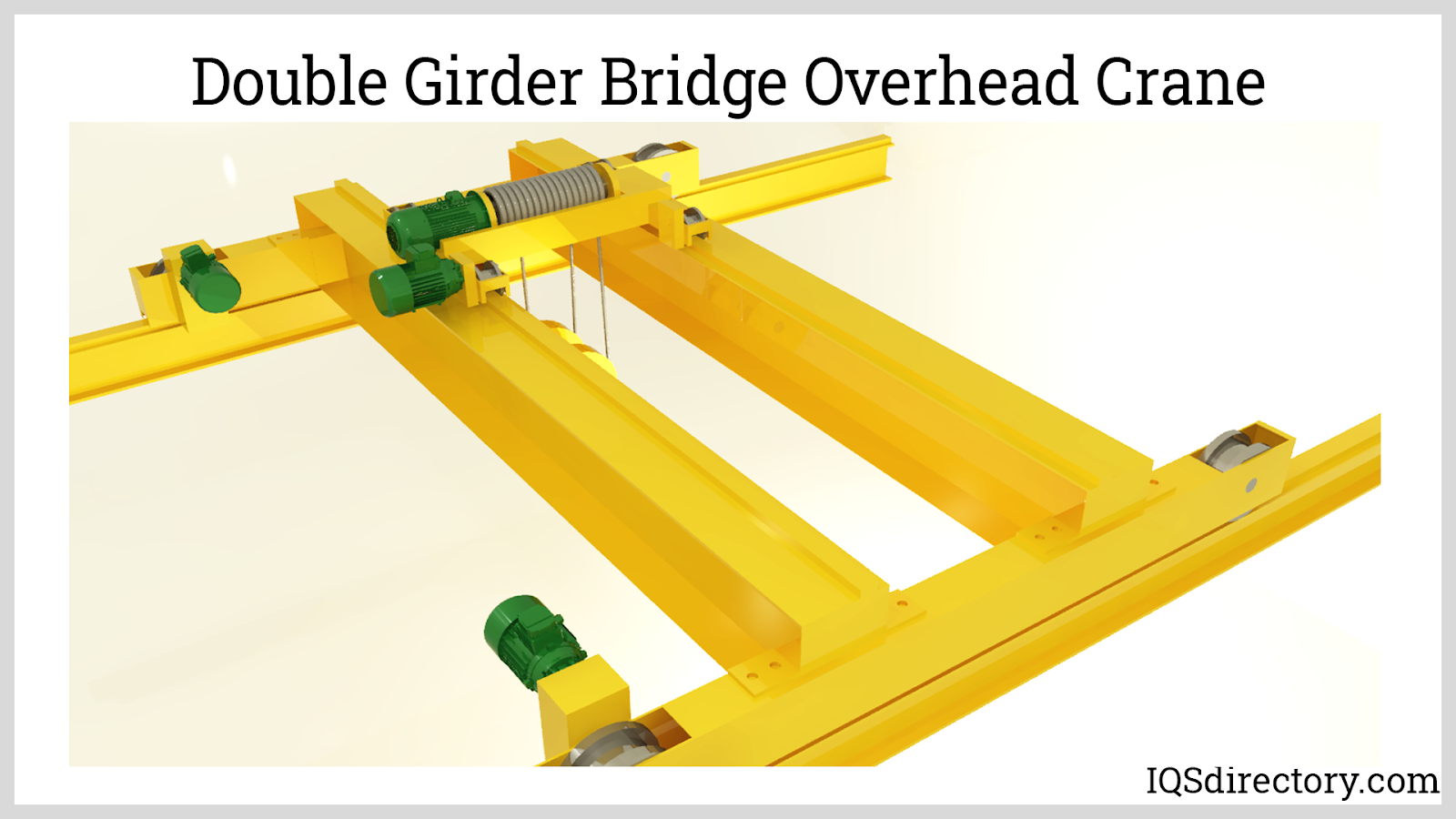
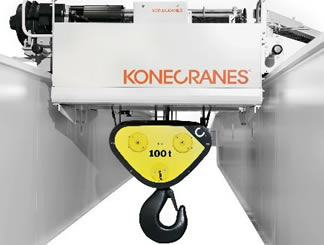 Cranes
Cranes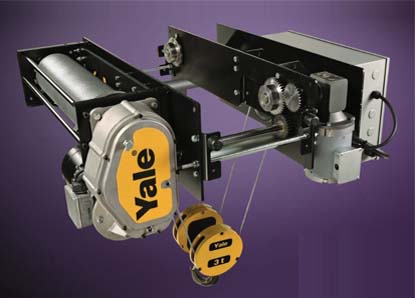 Electric Hoists
Electric Hoists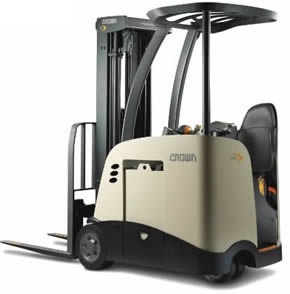 Forklifts
Forklifts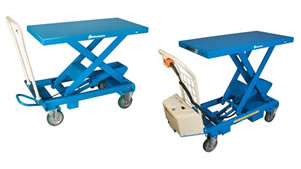 Hydraulic Lifts
Hydraulic Lifts Rope
Rope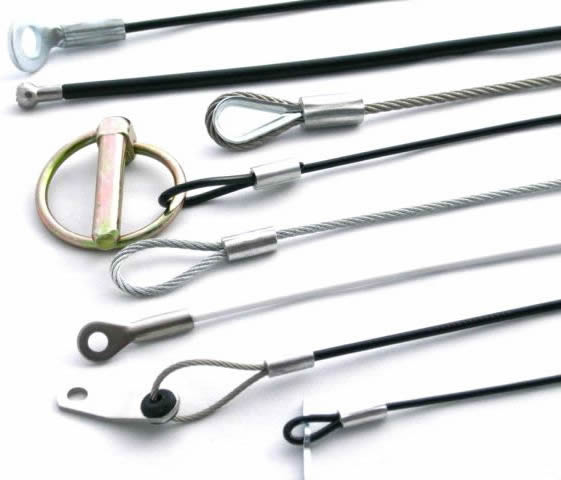 Wire Rope
Wire Rope Castings & Forgings
Castings & Forgings Bulk Material Handling
Bulk Material Handling Electrical & Electronic Components
Electrical & Electronic Components Flow Instrumentation
Flow Instrumentation Hardware
Hardware Material Handling Equipment
Material Handling Equipment Metal Cutting Services
Metal Cutting Services Metal Forming Services
Metal Forming Services Metal Suppliers
Metal Suppliers Motion Control Products
Motion Control Products Plant & Facility Equipment
Plant & Facility Equipment Plant & Facility Supplies
Plant & Facility Supplies Plastic Molding Processes
Plastic Molding Processes Pumps & Valves
Pumps & Valves Recycling Equipment
Recycling Equipment Rubber Products & Services
Rubber Products & Services